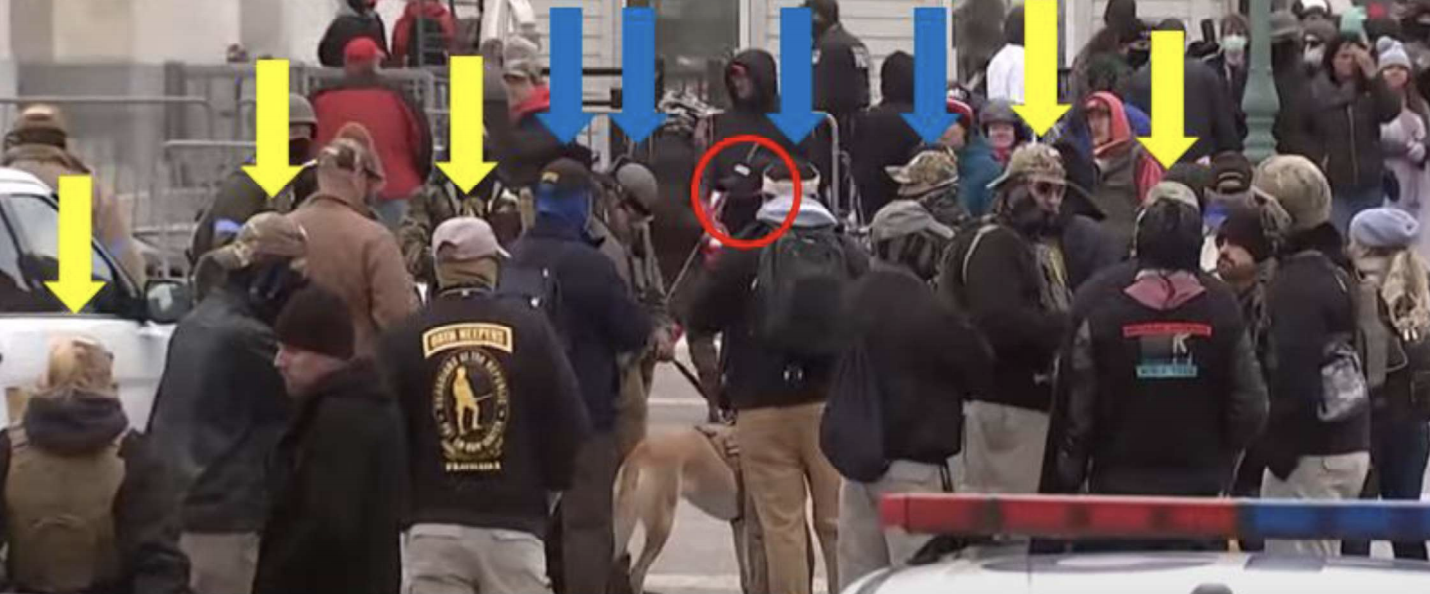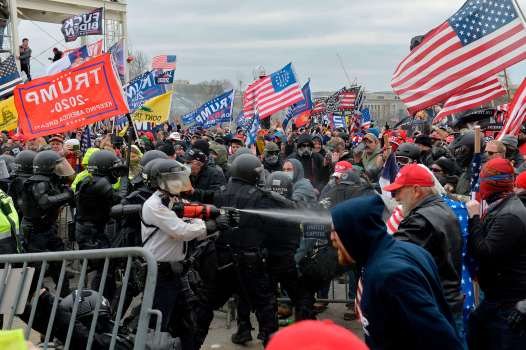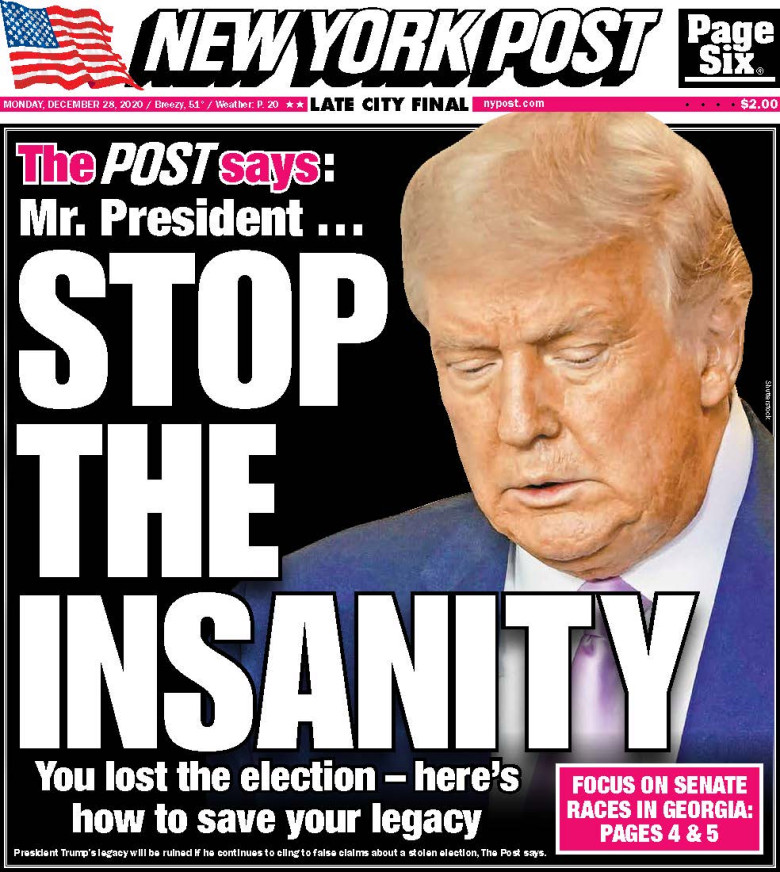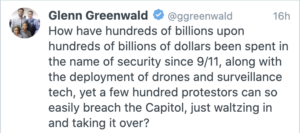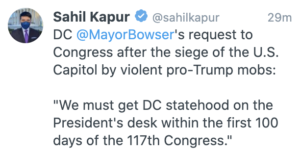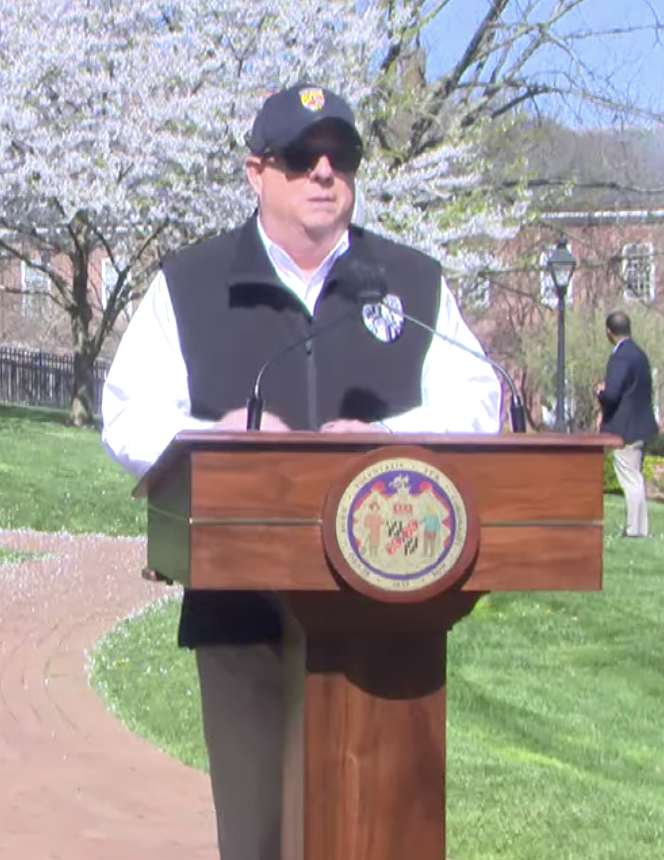The first thing you should take away from this long Vanity Fair profile of the Trump loyalists who led DOD during the Transition period is that Kash Patel has a very selective approach to Executive Privilege. Deep in the story, when caught in a lie about a plot to have him replace CIA Director Gina Haspel, Patel invokes Executive Privilege to refuse to answer.
I asked Patel about an Axios story that broke just before we sat down to talk. It asserted that CIA director Gina Haspel threatened to resign after learning that Trump planned to install Patel as her deputy. “I’m not going to comment on what the president wanted to do or didn’t want to do, but there’s no conversations of that now or this week or this year,” he replied. But he seemed to be playing coy. The CIA gambit took place last year. In fact, when I had spoken with Cohen about the matter, he had told me, “The idea was to put Kash in as the deputy, which doesn’t require Senate approval, and then to fire Gina the next day, leaving Kash in charge…. Robert O’Brien, [Trump’s national security adviser], is the one who deep-sixed it.” When I pressed Patel further about these machinations, which had occurred in December, I saw him turn lawyerly: “That stuff is between me and the boss. That’s the only thing I don’t comment on. Ever. It’s executive privilege.”
But in the first lines of the profile, both he and former Acting Secretary of Defense Christopher Miller happily offer up a tale of how Trump not only claimed to know what an appropriate deployment of National Guard troops would be in preparation for January 6, but ordered DOD to have them deployed.
On the evening of January 5—the night before a white supremacist mob stormed Capitol Hill in a siege that would leave five dead—the acting secretary of defense, Christopher Miller, was at the White House with his chief of staff, Kash Patel. They were meeting with President Trump on “an Iran issue,” Miller told me. But then the conversation switched gears. The president, Miller recalled, asked how many troops the Pentagon planned to turn out the following day. “We’re like, ‘We’re going to provide any National Guard support that the District requests,’” Miller responded. “And [Trump] goes, ‘You’re going to need 10,000 people.’ No, I’m not talking bullshit. He said that. And we’re like, ‘Maybe. But you know, someone’s going to have to ask for it.’” At that point Miller remembered the president telling him, “‘You do what you need to do. You do what you need to do.’ He said, ‘You’re going to need 10,000.’ That’s what he said. Swear to God.”
I could not recall the last time a contingent that large had been called up to supplement law enforcement at all, much less at a demonstration—the Women’s March and the Million Man March sprang to mind—and so I asked the acting SECDEF why Trump threw out such a big number. “The president’s sometimes hyperbolic, as you’ve noticed. There were gonna be a million people in the street, I think was his expectation.” Miller maintained that initial reports on the anticipated crowd size were all over the map—anywhere from 5,000 to 40,000. “Park Police—everybody’s so hesitant to give numbers. So I think that was what was driving the president.”
There’s a lot of reason to believe this is bullshit. Trump wouldn’t ask for the Guard if he wanted a show of force, he’d ask for a helicopter flyover or something else inappropriate. Trump isn’t a detail guy. Miller and Patel offered up a key (and dubious) excuse used elsewhere — that they hadn’t been told the Park Service had expanded the Trump rally to 30,000 attendees.
Most importantly, Patel demonstrated that he believes his actual conversations with Trump should be protected by Executive Privilege. Certainly, he would refuse to say anything bad about Trump.
Ezra Cohen[-Watnick], by contrast, isn’t prompted to. While he is permitted to claim that Trump threw everyone — the entire country — under the bus, he’s not asked about his mentor Mike Flynn’s role in the conspiracy.
Ezra Cohen, another of Miller’s top confidants, believes that his colleagues’ words and deeds may be well and good, but are beside the point: “The president threw us under the bus. And when I say ‘us,’ I don’t mean only us political appointees or only us Republicans. He threw America under the bus. He caused a lot of damage to the fabric of this country. Did he go and storm the Capitol himself? No. But he, I believe, had an opportunity to tamp things down and he chose not to. And that’s really the fatal flaw. I mean, he’s in charge. And when you’re in charge, you’re responsible for what goes wrong.”
[snip]
His promotion was fodder for trolls of every stripe. “To the left I became this horrible person that enabled the president, attacking [Obama officials] and all this other stuff like that,” Cohen contended as we sat in his kitchen and later drove through a Chick-fil-A before tooling around northern Virginia. “And then to the crazy people on the right—that are dangerous people that did the horrible, antidemocratic behavior with the Capitol—these nutjobs are saying that I am QAnon.”
The silence about Flynn’s call for martial law is all the more telling given Cohen’s nod to the way QAnon has worked him into their conspiracies. Flynn played a key role in mobilizing QAnon to serve as Trump’s army.
Also missing from this profile? Any mention of Flynn’s brother, Charles, who participated in a call with local DC officials calling for more help but whose role DOD hid until after Biden was inaugurated.
There are other silences as well, perhaps most notably Miller’s stubborn effort to burrow in a fourth ally, Mike Ellis, at NSA in the last hours of the Trump Administration.
So even before you get into the details, this profile should be regarded as an effort by three very slick dudes to recast their role as Trump flunkies in the wake of an inexcusable event.
With all that said, it appears to differ in key ways from the timeline DOD released days after the coup attempt. The Vanity Fair narrative makes several claims that are probably true: That Miller came to work expecting he might not get home that night (though didn’t stay in DC even as the National Guard did in advance of the inauguratoin), and that DOD was chastened given the gross abuse in response to June protests.
But it also suggests Muriel Bowser called for help 48 minutes after DOD’s timeline shows she did.
On the morning of January 6, as Miller recounted, he was hopeful that the day would prove uneventful. But decades in special operations and intelligence had honed his senses. “It was the first day I brought an overnight bag to work. My wife was like, ‘What are you doing there?’ I’m like, ‘I don’t know when I’m going to be home.’” To hear Patel tell it, they were on autopilot for most of the day: “We had talked to [the president] in person the day before, on the phone the day before, and two days before that. We were given clear instructions. We had all our authorizations. We didn’t need to talk to the president. I was talking to [Trump’s chief of staff, Mark] Meadows, nonstop that day.”
The security posture and response on January 6 did not occur in a vacuum. June 1, 2020, had been a perilous precedent. On that day federal police had expelled peaceful protesters from Lafayette Square to facilitate the president’s saunter over to St. John’s Church for a publicity stunt. But the brute force displayed to clear out the area proved a national embarrassment and allegedly influenced Washington mayor Muriel Bowser’s view, come January, about how the capital should be policed—and by whom. On the day before all hell broke loose on the Hill, she made it clear the D.C. police (MPD) would be running the show on the 6th, though 340 unarmed National Guard troops had been requested to help with traffic: “The District of Columbia is not requesting other federal law enforcement personnel and discourages any additional deployment without immediate notification to, and consultation with, MPD.”
Miller told me that when Trump made him head of the Pentagon, in November, “the bar was pretty low.” He had three goals. “No military coup, no major war, and no troops in the street,” before observing dryly, “The ‘no troops in the street’ thing changed dramatically about 14:30…. So that one’s off [the list].”
The day began with a lull. “We had meetings upon meetings. We were monitoring it. And we’re just like, Please, God, please, God. Then the damn TV pops up and everybody converges on my office: [Joint Chiefs of Staff] chairman [Mark Milley], Secretary of the Army [Ryan] McCarthy, the crew just converges.” And as intelligence started cycling in, things went from watch and see to “a current op.” Miller recalled, “We had already decided we’re going to need to activate the National Guard, and that’s where the fog and friction comes in.”
“The D.C. mayor finally said, ‘Okay, I need more,’” Kash Patel would tell me. “Then the Capitol police—a federal agency and the Secret Service made the request. We can support them under Title 10, Title 32 authorities for [the] National Guard. So [they] collectively started making requests, and we did it. And then we just went to work.”
With his use of the word “finally,” Patel insinuates there was a delay before Bowser called and asked for help. Meanwhile, Miller suggests that DOD’s response took place at 2:30PM.
The timeline, however, shows that Bowser requested help 29 minutes after DOD says they got “open source reports” of demonstrators moving on the Capitol.
1305: A/SD receives open source reports of demonstrator movements to U.S. Capitol.
1326: USCP orders evacuation of Capitol complex.
1334: SECARMY phone call with Mayor Bowser in which Mayor Bowser communicates request for unspecified number of additional forces.
1349: Commanding General, DCNG, Walker phone call with USCP Chief Sund. Chief Sund communicates request for immediate assistance.
1422: SECARMY phone call with D.C. Mayor, Deputy Mayor, Dr. Rodriguez, and MPD leadership to discuss the current situation and to request additional DCNG support.
1430: A/SD, CJCS, and SECARMY meet to discuss USCP and Mayor Bowser’s requests. 1500: A/SD determines all available forces of the DCNG are required to reinforce MPD and USCP positions to support efforts to reestablish security of the Capitol complex.
1500: SECARMY directs DCNG to prepare available Guardsmen to move from the armory to the Capitol complex, while seeking formal approval from A/SD for deployment. DCNG prepares to move 150 personnel to support USCP, pending A/SD’s approval.
1504: A/SD, with advice from CJCS, DoD GC, the Chief of the National Guard Bureau (CNGB), SECARMY, and the Chief of Staff of the Army, provides verbal approval of the full activation of DCNG (1100 total) in support of the MPD. Immediately upon A/SD approval, Secretary McCarthy directs DCNG to initiate movement and full mobilization. In response, DCNG redeployed all soldiers from positions at Metro stations and all available non-support and non-C2 personnel to support MPD. DCNG begins full mobilization.
The Vanity Fair profile suggests DOD made the decision based off watching TV — presumably those open source reports — that reinforcements would be needed. But they didn’t even begin to “discuss” doing so until 2:30, and didn’t move to make that deployment until 3:04 (so 34 minutes after Miller describes).
Plus, Patel makes no mention of the call from Capitol Police at 1:49.
Ezra Cohen would like you to believe that he got thrown under the bus along with all the people supporting rule of law. Patel would like you to believe the failures of DOD under his watch were not attributable to the Chief of Staff. And Miller would like you to know his family doesn’t much like Donald Trump.
But the whole story reads like a fairy tale.

